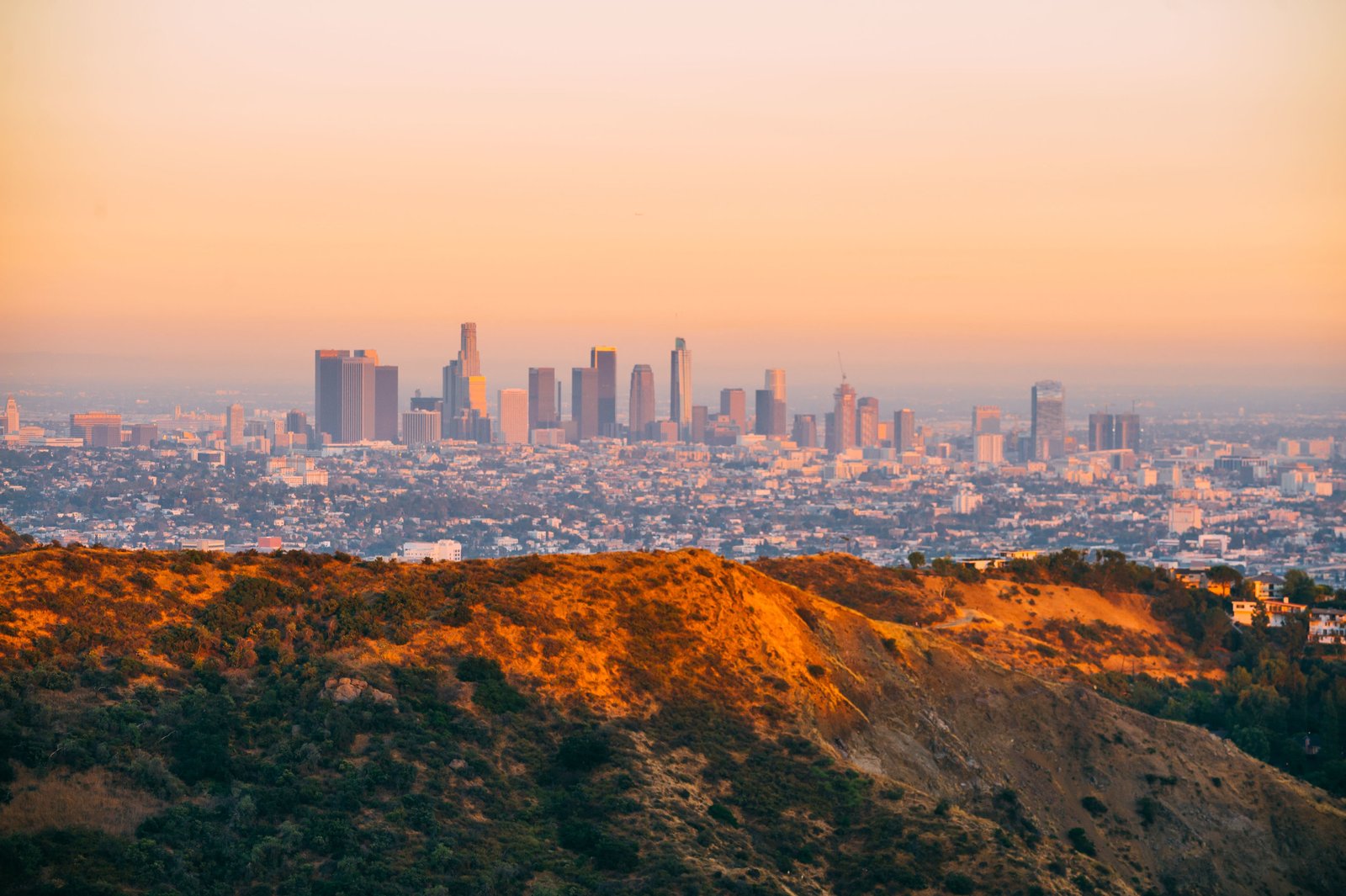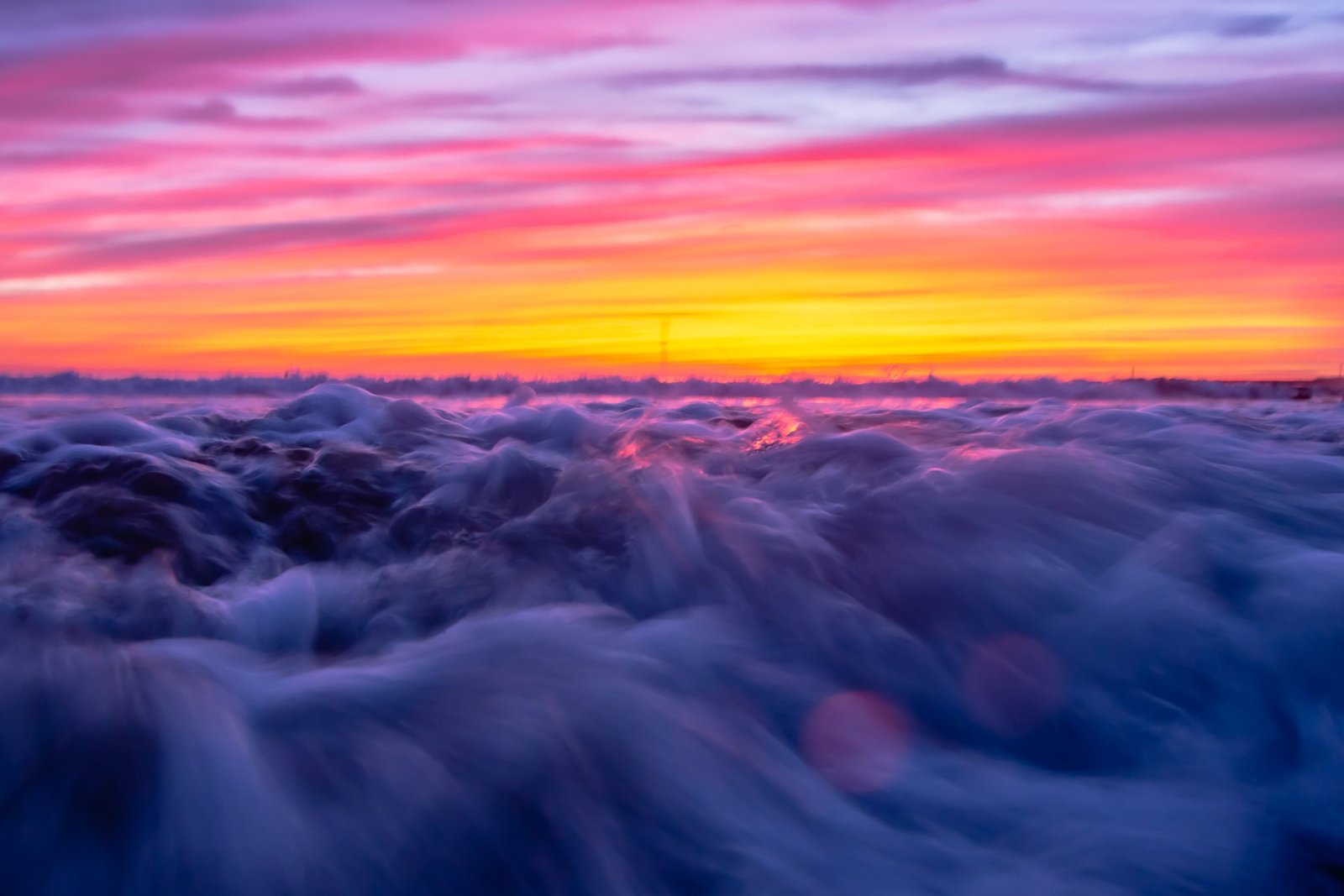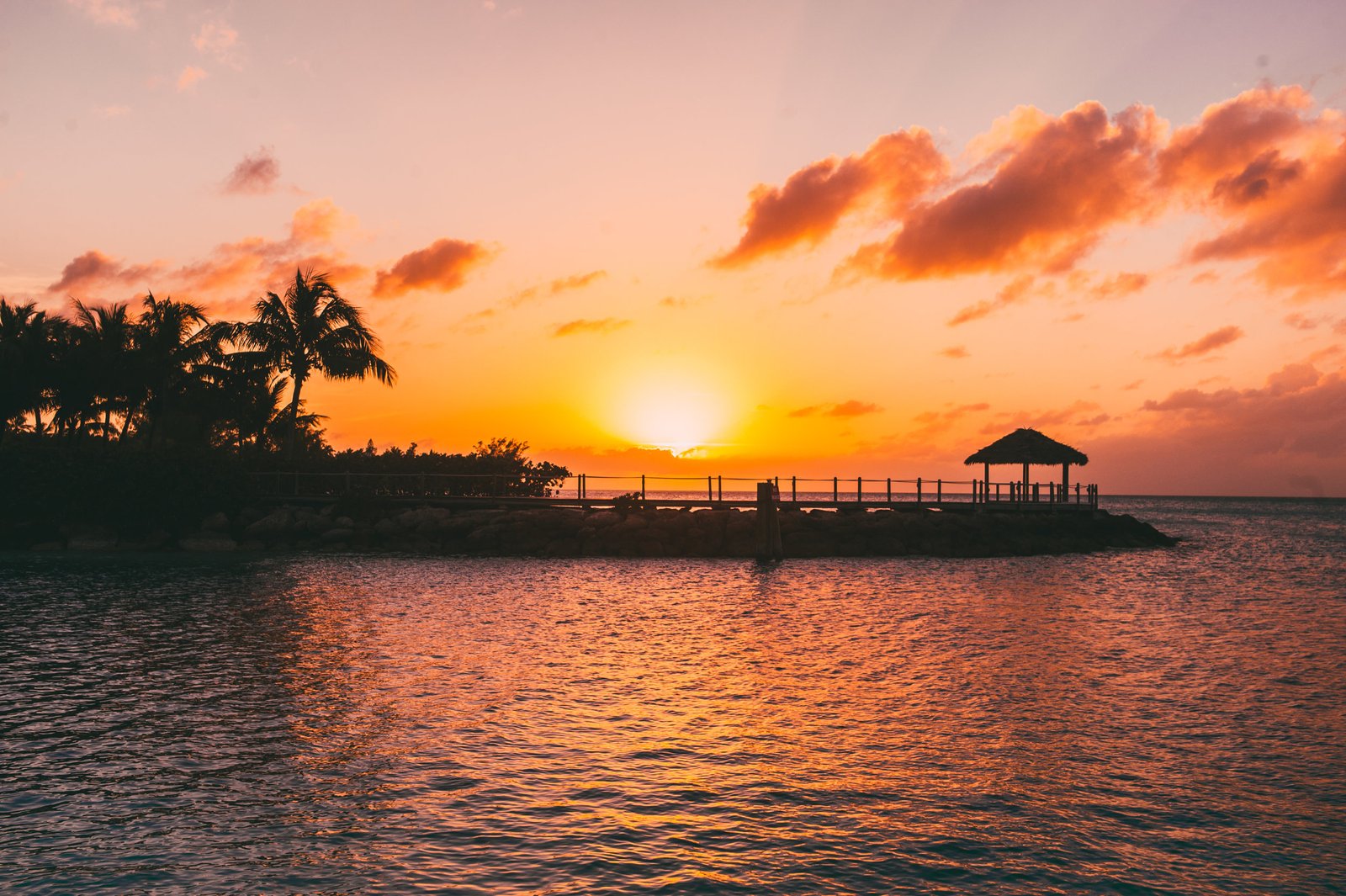
Tips For Taking Breathtaking Landscape Photos
Landscape photos aim to capture incredible outdoor views.
As many people discover, there’s more to taking these photos than simply taking a quick snap at a popular viewpoint.
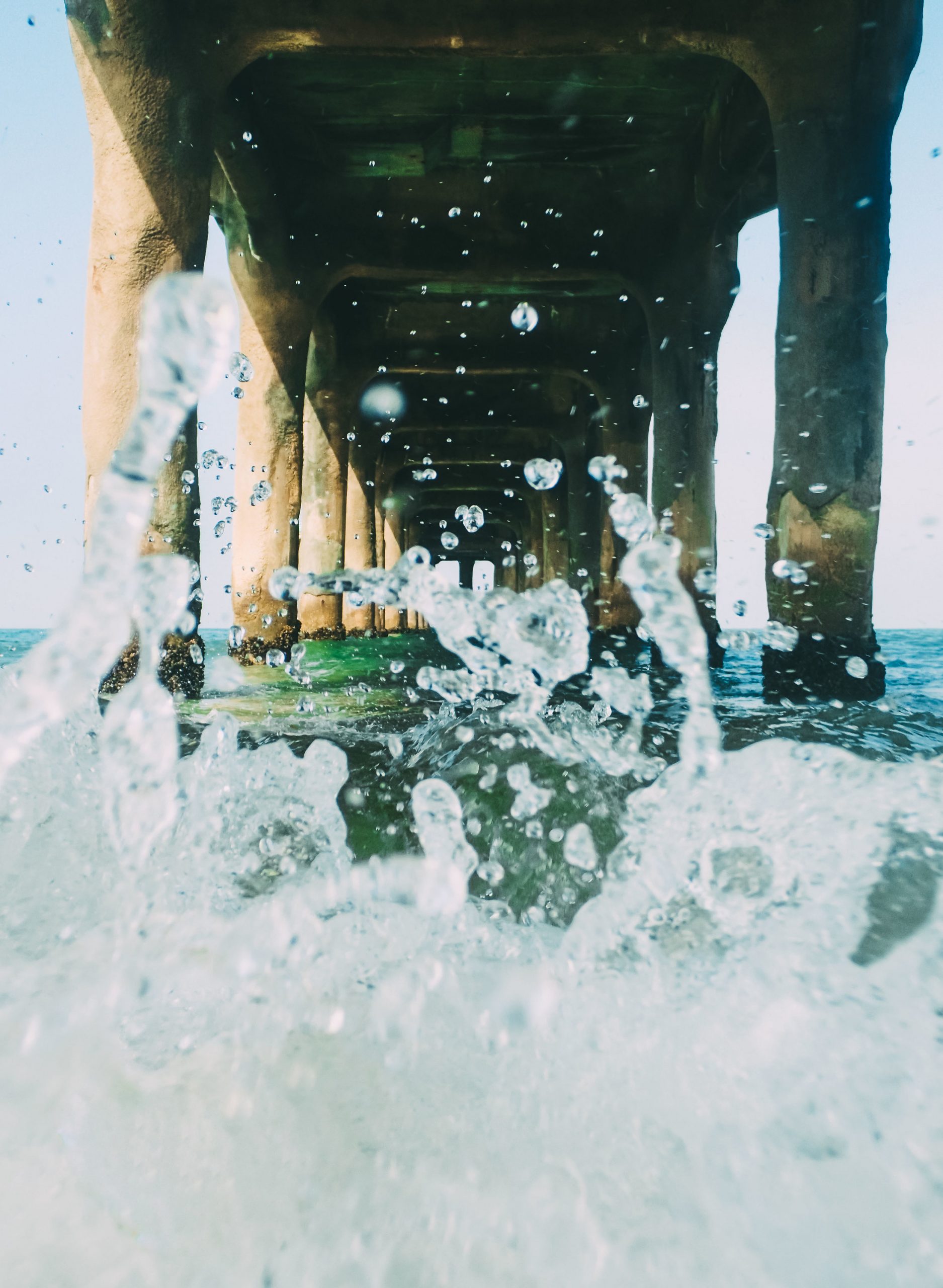
Putting more thought into these photos can allow you to capture scenes that are unique and authentic. Below are just a few tips on how to improve your landscape photos.
Scope out the area first
Knowing an area well can help you to find the best views and the best angles. If you’re serious about taking landscaping photos, it’s worth taking time to explore the area first rather than snapping as you go. It’s worth looking at a map and possibly buying some binoculars from a site such as Scope Monster to help you identify unique viewpoints.
Check the weather forecast
The weather will drastically affect your picture. Fog, rain, and snow may all help to provide a unique atmosphere, however these weather conditions could also distort views to the point where the main subject isn’t even visible. Bear this in mind when you plan to travel somewhere to take photos – a clear day is usually a safer option.
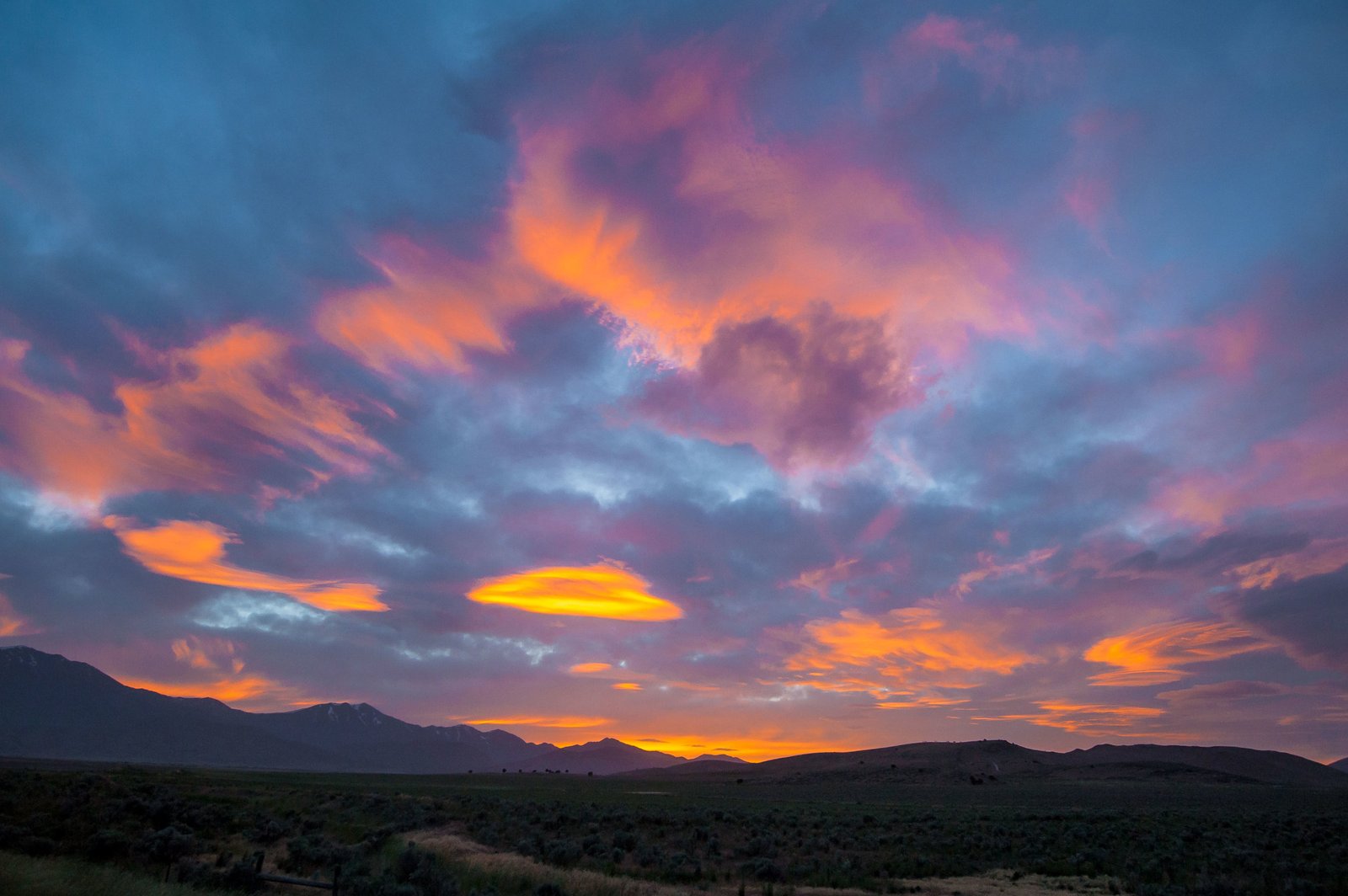
Try different times of the day
The lighting and shadows can change throughout the day. Avid landscape photographers will often visit locations at different times of the day to vary their shots. Dawn and dusk can produce some of the most spectacular results. Be sure to also consider which times of the day are most popular for fellow visitors – if you don’t want crowds of people in your photos, it may be best to get somewhere early.
Frame the scene right
When framing a landscape, you don’t always want to put the main object in the middle. In fact, often a picture can look more dramatic when the main object is on the left or right. It’s worth also considering. Many landscape photographers use the rule of thirds. You should also consider capturing objects in the foreground to provide more depth and scale. This could include trees or rocks.

Bring a tripod
A tripod can be useful for steadying your photos so that there’s no unwanted motion blur. Lugging around a tripod isn’t always ideal if you’re climbing mountains or trekking through a desert, but it’s worthwhile if you’re looking to get serious. Besides, there are many lightweight fold-away tripods that you can buy for such occasions.
Experiment with the aperture
The aperture can affect how sharp a subject is. A lower aperture often results in a shallow depth of field making objects up close sharper and objects far away blurrier. Most landscape photographers use a higher aperture to keep the entire photo sharp, however, there may be times when you don’t want this to be the case.
Play with filters
Neutral density filters and polarizing filters are also worth playing around with. They can control the lighting, which can help to minimize unwanted reflections. This could be useful when taking photos of scenes involving water such as ocean scenes or river scenes. This post at Digital Photography School explains more.
